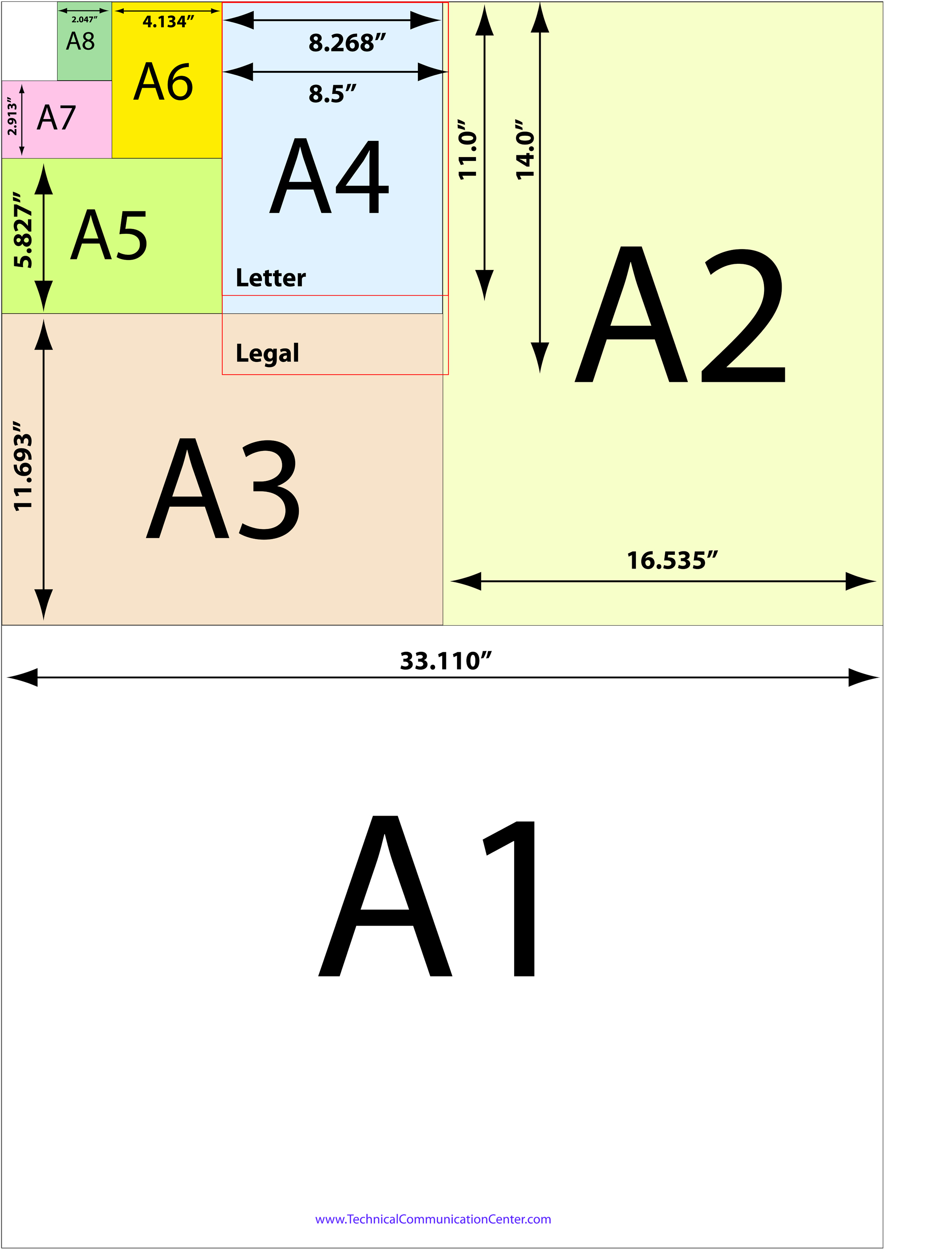Take an A4 paper. Measure length and breadth. It will be 297 mm and 210 mm. 297/210 gives 1.414. This is the square root of 2. We can also say, the A4 paper has the ratio 1:1.414. For any A series paper, we always get this ratio. We know, if you cut the A4 paper into halves, we get two A5 papers. If you double -up the A4 paper, we get an A3 paper. This is the concept of A series paper.
Why should we maintain a fixed ratio? Suppose you want to photocopy the contents in the A1 paper to A5 paper using Xerox machine. The contents will exactly fit in the small A5 page. This is because of the constant ratio of A series papers. If we do not maintain the ratio, the contents will either over-fit or underfit. That is, either some contents will be left out or blank space will appear.
When a movie is telecast in the TV or streamed in the mobile, a black space appears at the top and bottom of the screen. It is because of mismatch of ratios. Mobile and TV screens have an aspect ratio of 16:9. But a movie is shot in the aspect ratio of 2.35:1. That is the reason.
Tele serials are shot in the ratio 16:9. Hence they are clearly displayed on the screen. In the case of picture and movie, landscape and rectangle always have the appeal.
Old TV had the ratio 4:3 or 16:10. 16/10 gives 1.6 which is the golden ratio given by Fibonacci sequence.
Note: All the countries have flag and flag-code. The flag-code specifies the aspect ratio. Many countries and India have the ratio 3:2 and standard sizes. A national flag should strictly adhere to the ratio and the code.
---------------------------------------------------------------
